Cookies
Introduction
This is not meant to be a tutorial, but more of a “tips and tricks” sort of post. So please excuse me if I don’t elaborate too much. Some of you might find this to be too obvious, but I hope that some will find it a little motivating and inspiring .
What is a “Cookie”
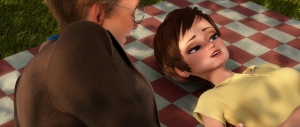 |
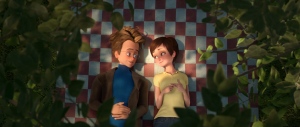 |
| Megamind DreamWorks Animation |
Just to clarify, I’m not talking about the edible ones. “Cookie” is the short name for “Cucoloris”. This is also referred to as a “Dapple” or “Gobo”. While in real life one can argue that Dapples, Gobos, and Cookies are different, in the virtual world they’re all pretty much the same. They differ in the real world because some are made of metal, some of plastic or cloth, some are positioned away from the light and some are fixed onto the actual light. The final result is all the same though, and that’s what we look for in CG. The point is to project some type of pattern through the light to break up the intensity in certain places. It can even be used to add some color variations.
Making a Cookie
In my view, there are 2 types of cookies:
Accurate
These are the type that have to be tailored to your shot. They have to be very precise, because you want to hide and reveal something to your audience. The best way to create this cookie is to first add and position your light.
Then you need to look through the light and render its point of view so you can use it as reference to paint your cookie.
I find that this gives you very accurate results, but you might have to do it many times to get it exactly the way you want it. 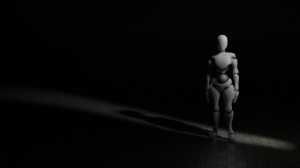
Patterned
These usually come from a library of images. They could even be seamless tiles that can be scaled to fit your lighting. In any case, these are cookies that can be used and re used. The best and most obvious example that comes to mind is light coming through a window.
They are very useful in your lighting composition.
Even procedural maps (noise, caustics, ripples) can be used to create extra variation and depth.
Now let’s talk about my favorite thing to do:
Animated Cookies
If you want to make your shot even more dynamic, then animated cookies would be a great way to do this. This technique helps you give life and a sense of realism to you shot. I would compare it to the effect that a hand held look would give to a shot as opposed to a locked camera. It makes your scene alive.
There are different ways to create an animated cookie. You can do something as simple as shooting shadows on a white cardboard, but I usually do my stuff on Paint Effects, or some other 3D or 2D application.
No matter what you do, the key is to bring life to your lighting.
Conclusion
As a lighting artist, my goal is to always bring realism and dynamic with my lighting. You’d be surprised how the simplest of shots can turn out to be a big challenge. It all depends on how far you want to take it 🙂

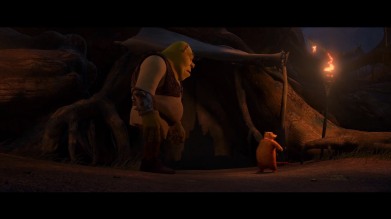
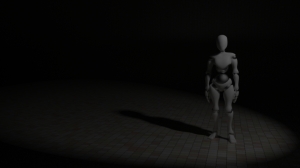
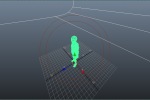
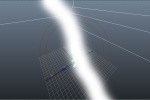

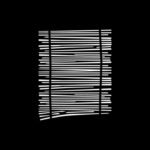
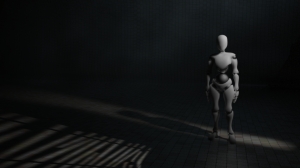
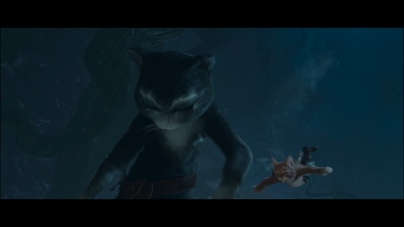
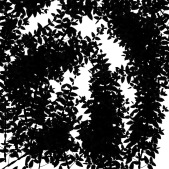
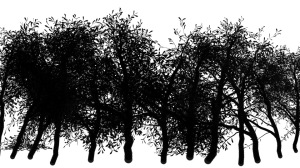
Hola william, primero quiero felicitarte por ese excelente trabajo que realizas, nos llenas de orgullo no por el hecho solamente de ser Colombiano, sino por la pasión que demuestras en cada una de tus propuestas. Te cuento que soy docente universitario y estamos trabajando en una serie de Talleres, Conferencias y Seminarios para jóvenes que quieren decidir su vocación profesional, nos gustaría saber cuál es tu tarifa por conferencia, sí no estas en Colombia y te interesa dar la conferencia podríamos hacerla mediante una plataforma virtual, agradezco tu tiempo y te dejo mis datos, gracias
LikeLike